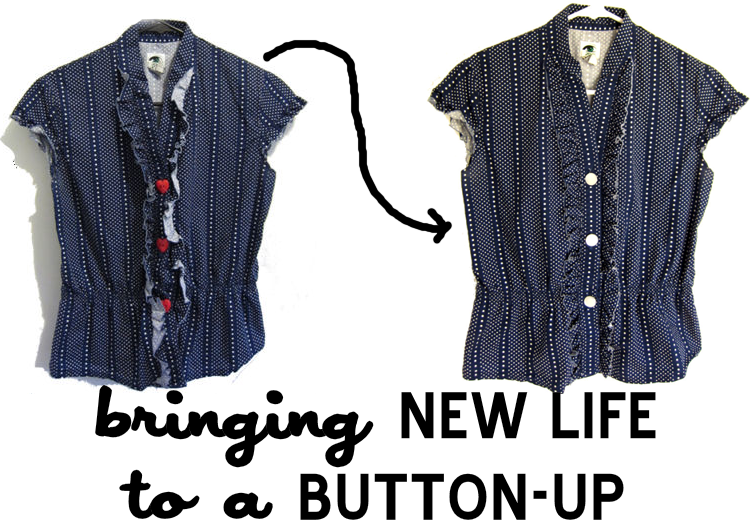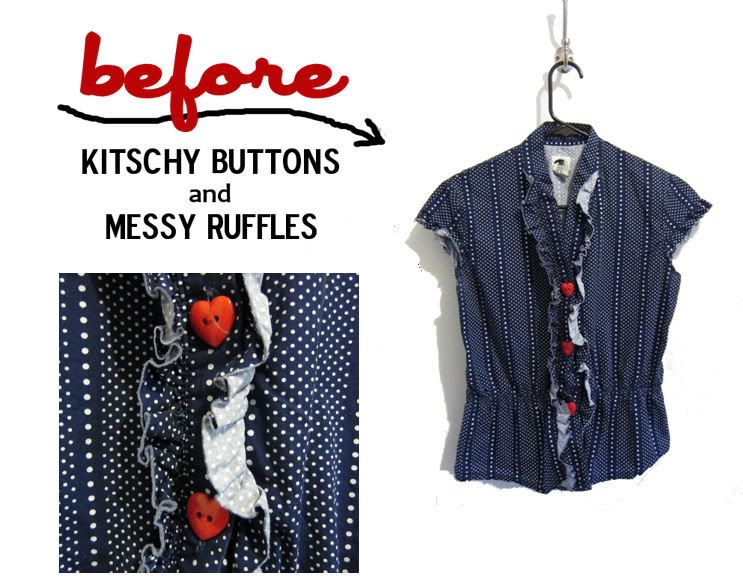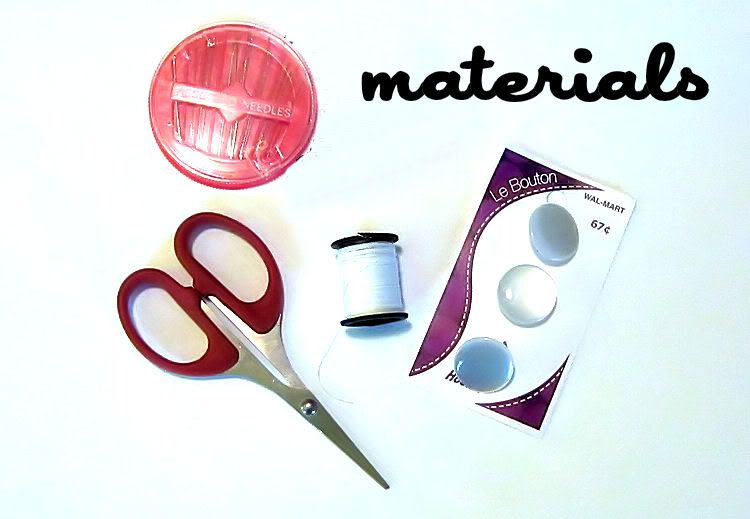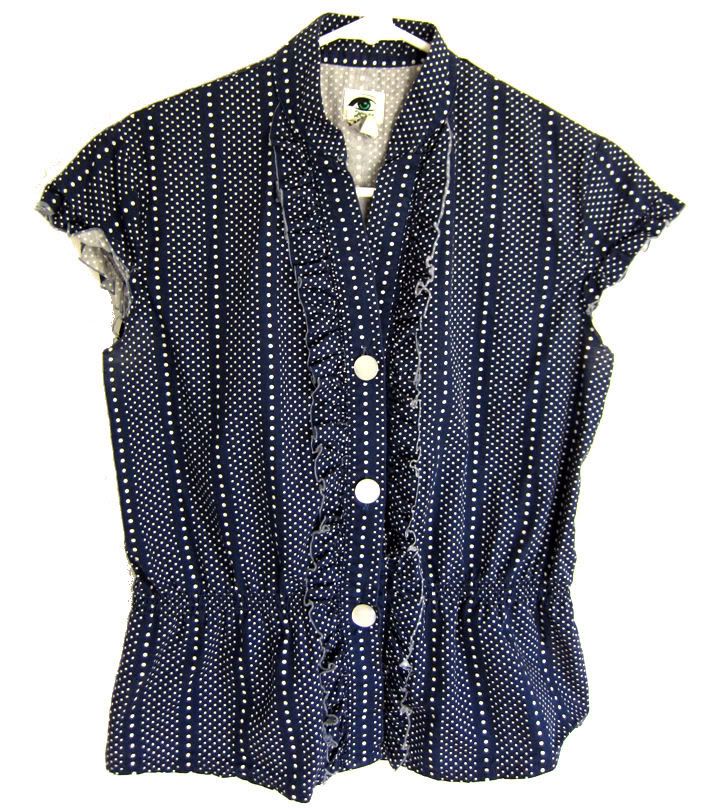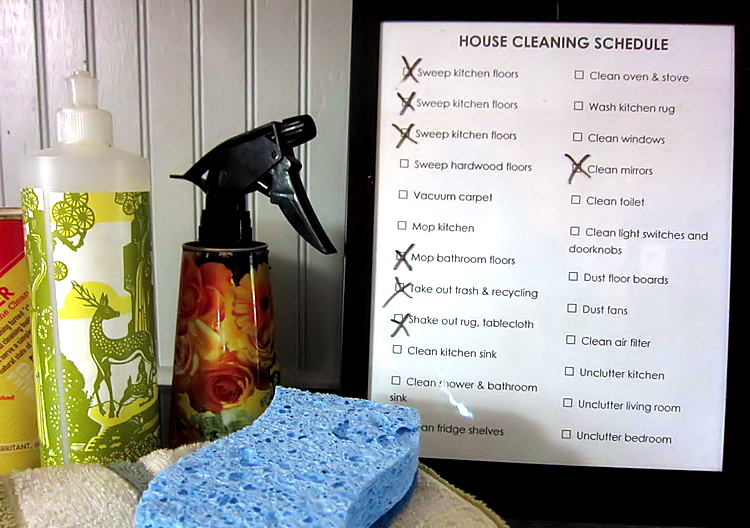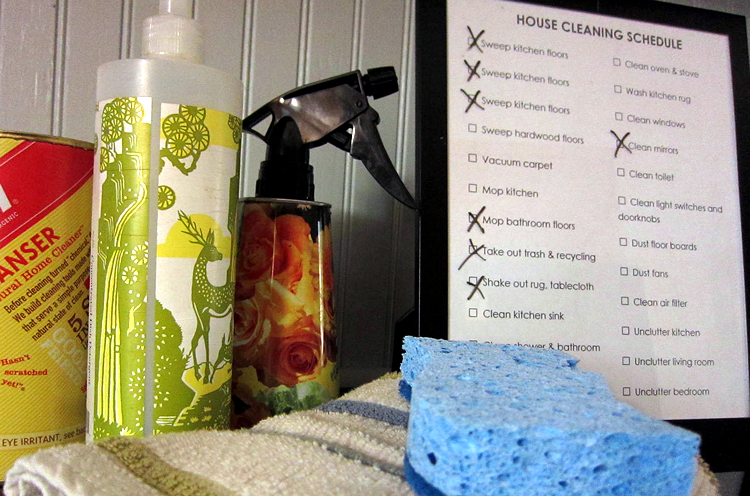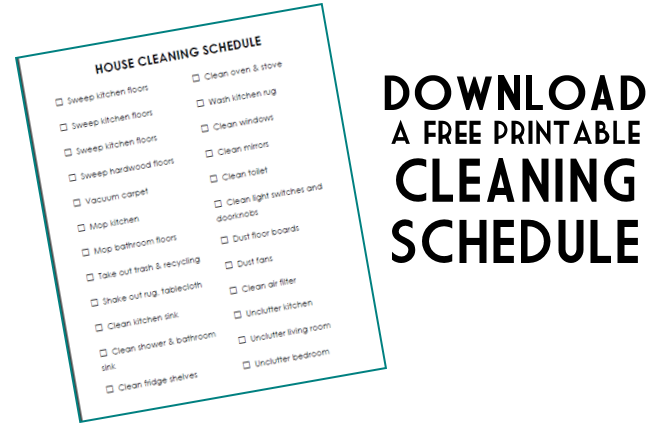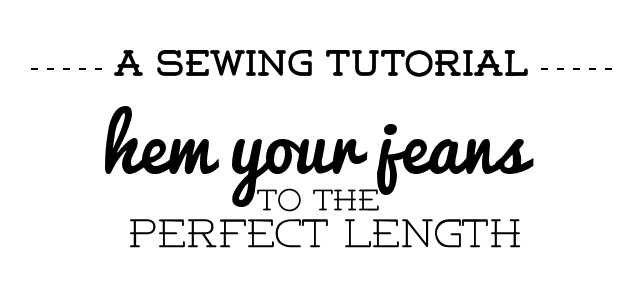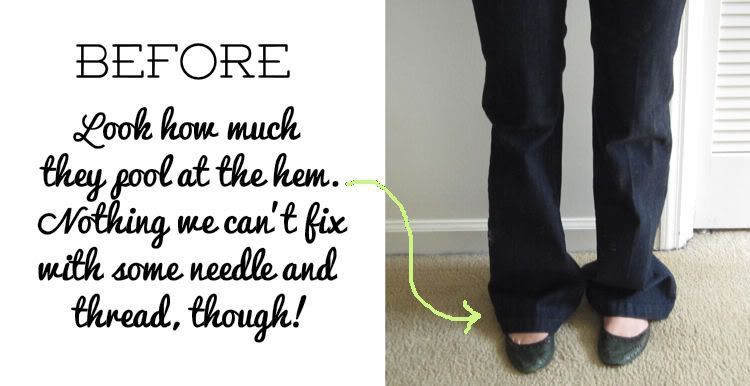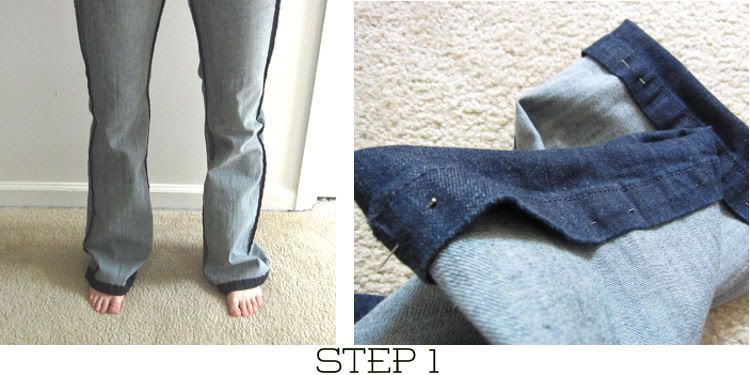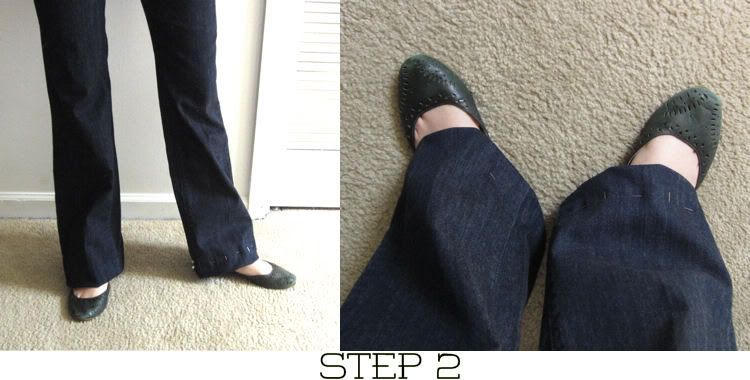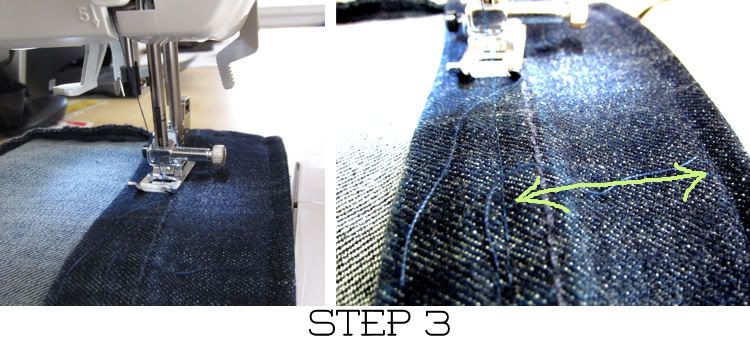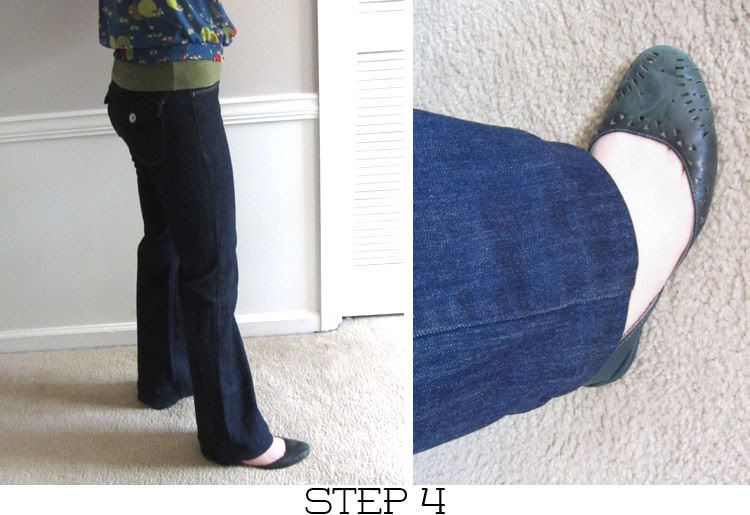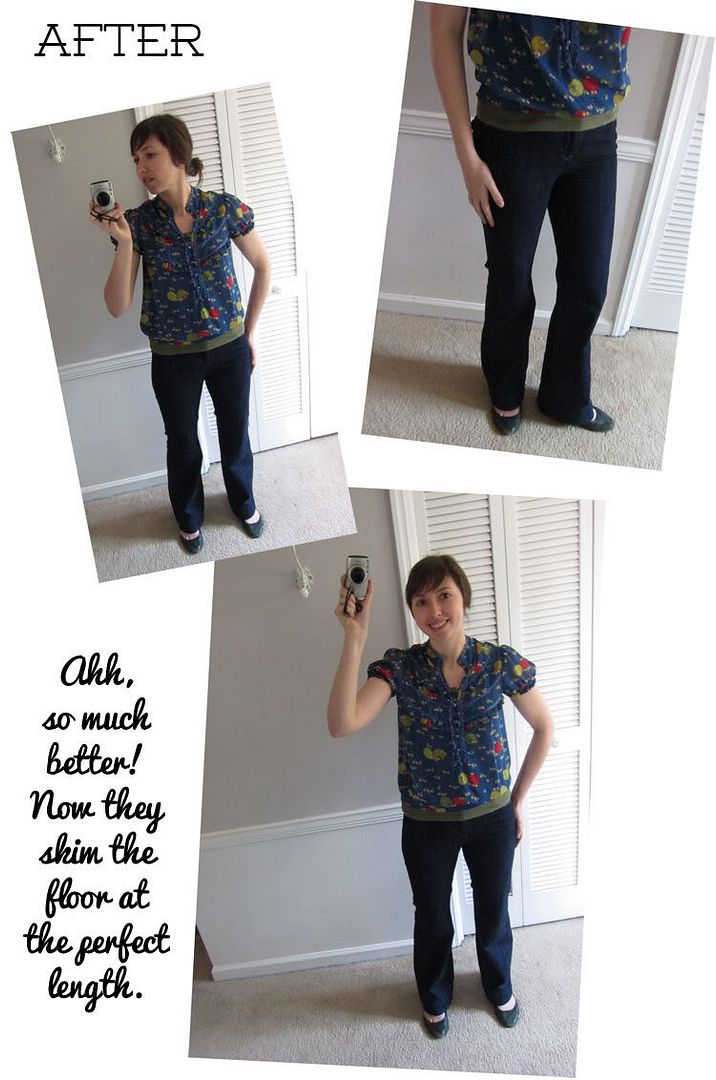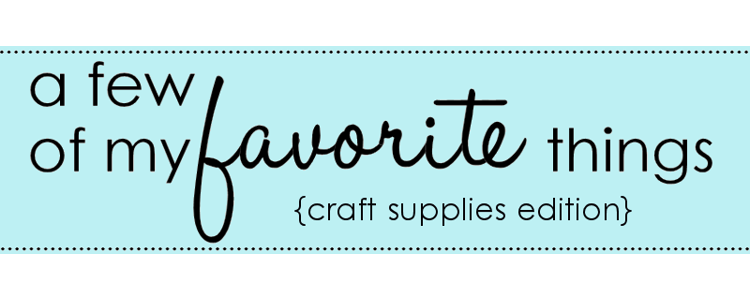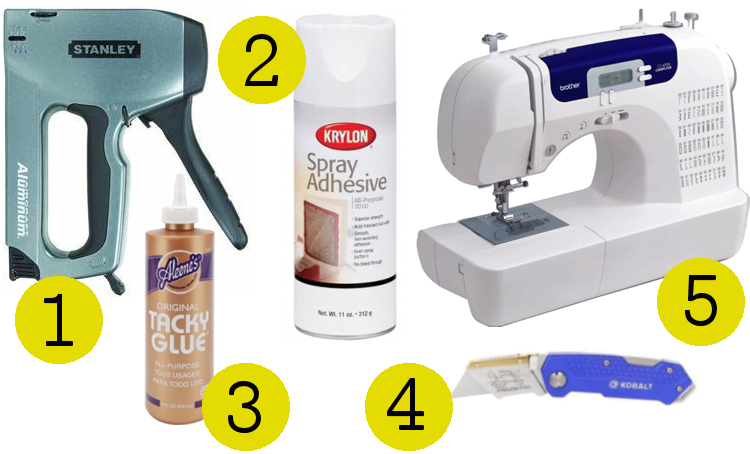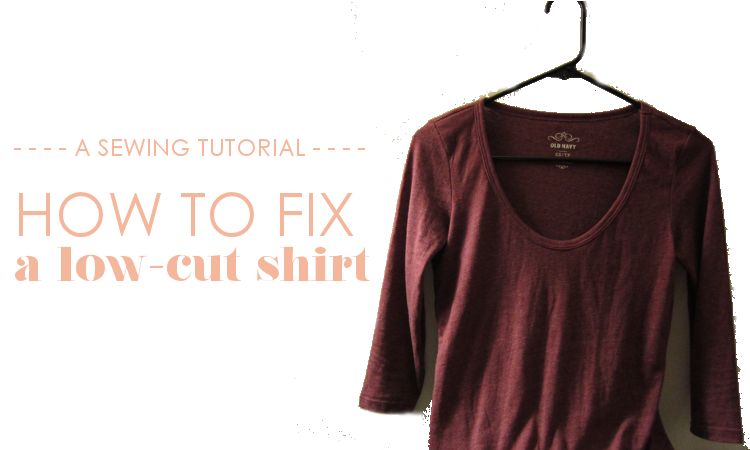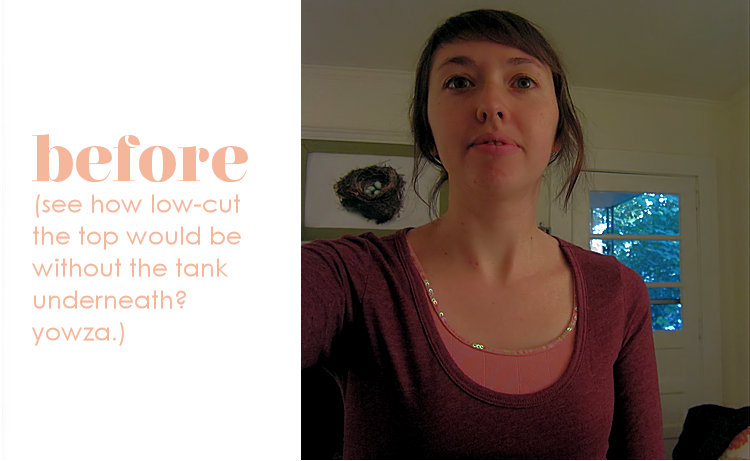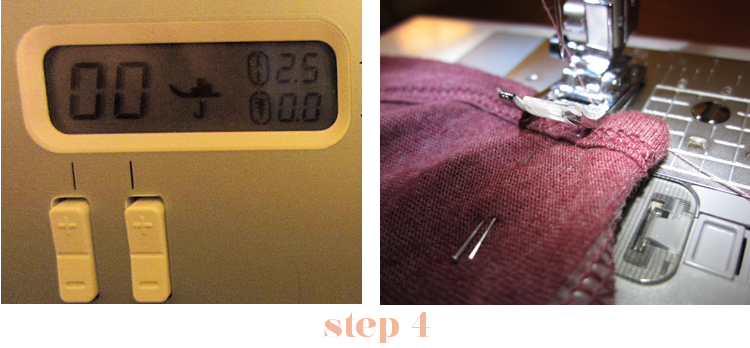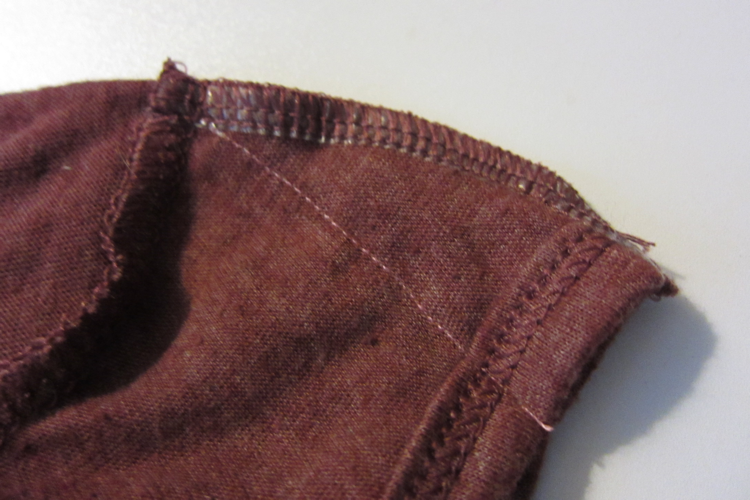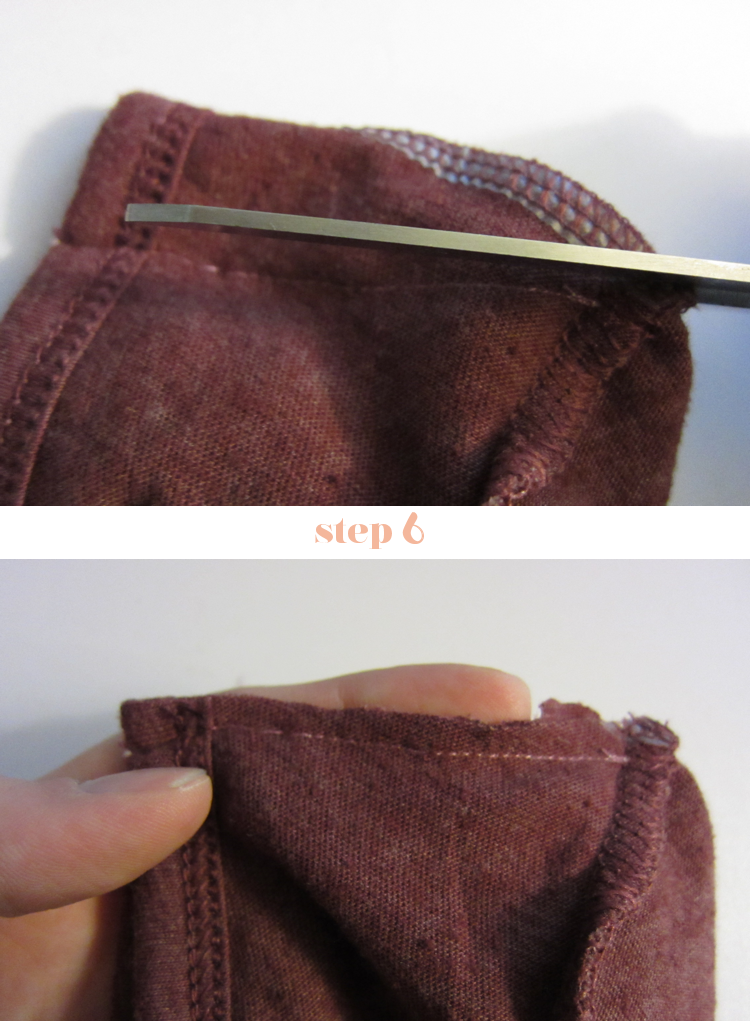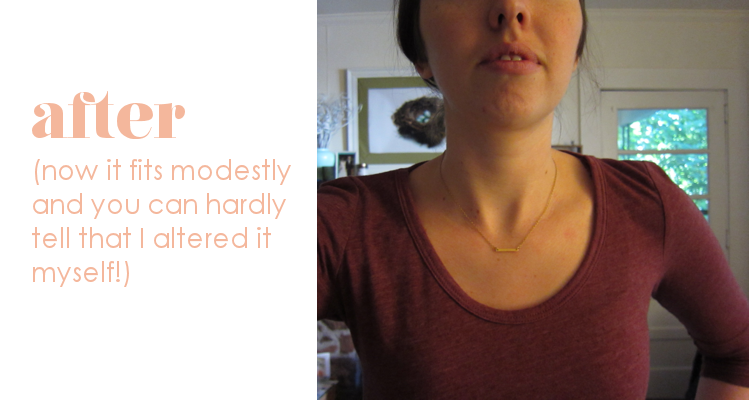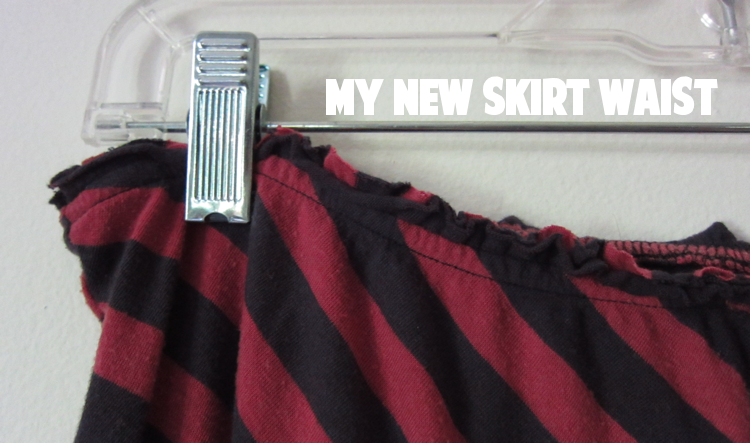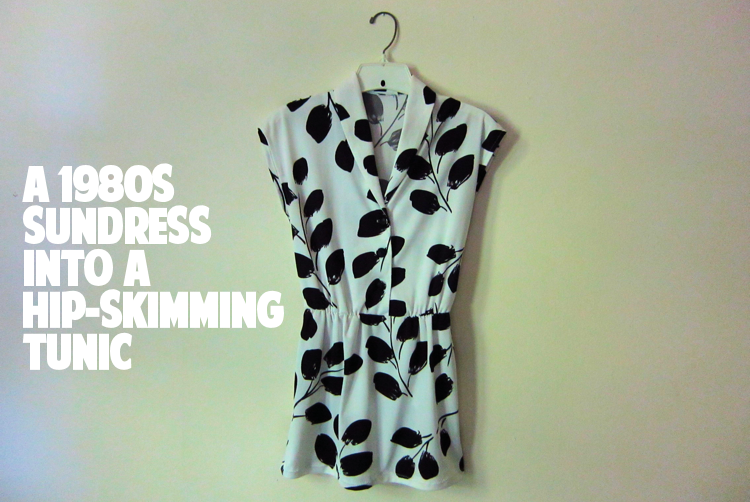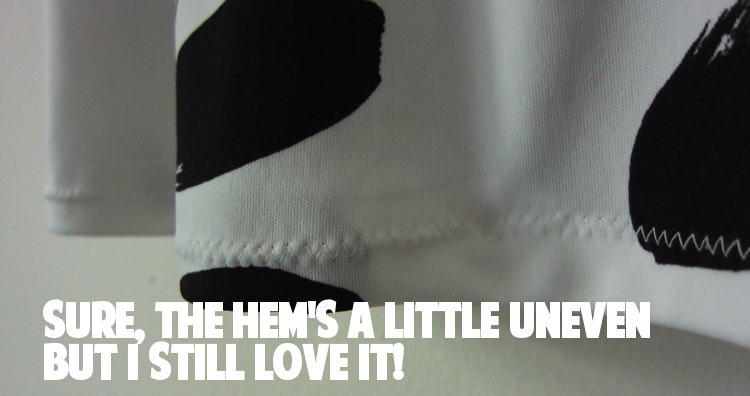
Right now in my daily Bible reading, I'm making my way slowly—purposefully and intentionally so—through each prayer and song and emotion-filled word in the book of Psalms. Every once in awhile, I'll be posting my reflections on some of these psalms, which you can reference here.
This is a longer psalm, so I journalled as I went, reflecting on one or two verses at a time as I journalled. The neat thing about looking at the psalm in this way is that it goes to show how much meat is really there, if we take the time to linger and look and chew.
It may only be 24 verses long, but I took two pages worth of notes on it, and that's without even consulting commentaries or other theological texts. The Word is full of treasures, waiting to be discovered! Here's some of what I took note of as I read...

Psalm 31
For the choir director: A psalm of David. (from the New Living Translation)
1 O Lord, I have come to you for protection;don’t let me be disgraced.Save me, for you do what is right.
(verse 1) David came to God for protection—because he knows that God does "what is right." I can relate to this sentiment; I want it to be God who protects and leads and guides and delivers me because I know that when he's at the helm, everything will always work out better. He will always "do what is right." And so it's always in my best intentions to look to him for answers.
2 Turn your ear to listen to me;(verse 2) In my Bible, they translate the first part of this verse as, "Bend down and listen to me." I love that image, because it reminds me of a parent, stooping down to listen to their child. And if you think about it, they don't have to bend down to hear the child. They can certainly hear the child if they're standing erect and looking down at the child. So why do they stoop? To get down on the child's level, to let the child feel heard, to let the child feel loved. It's for the child's benefit that they "bend down and listen." So it is with God.
rescue me quickly.
Be my rock of protection,
a fortress where I will be safe.
3 You are my rock and my fortress. For the honor of your name, lead me out of this danger.(verse 3) In this image, of God as a fortress, there's this underlying idea that God can protect us fully and keep us completely safe from our enemies, where they cannot get to us at all. God can protect us from harm and evil and hardship. So when he doesn't, when those things do threaten us, we must trust that his rescue is coming in a different way or form.
4 Pull me from the trap my enemies set for me,(verses 4-5) "I entrust my spirit into your hand." David comes to God alone for protection, and not just protection regarding his body or his circumstances, but for his whole being, even down to his spirit. Why is he willing to entrust it all? Because "you are a faithful God." He knows that God will act and, like we saw in verse 1, always does what is right. For us, this should be encouragement to not keep any part of ourselves from God's work and redemption. He is the only one who can accomplish complete rescue.
for I find protection in you alone.
5 I entrust my spirit into your hand.
Rescue me, Lord, for you are a faithful God.
6 I hate those who worship worthless idols.(verses 6-8) In these verses, we see some of the ways that God has shown David faithfulness even in his suffering: by caring about the anguish of his soul; by noticing (seeing, verse 7) his troubles and being aware of them; by not handing him over to his enemy but setting him in a safe place. Even in the difficult and discouraging, glimpses of God can always be found—if we're willing to look.
I trust in the Lord.
7 I will be glad and rejoice in your unfailing love,
for you have seen my troubles,
and you care about the anguish of my soul.
8 You have not handed me over to my enemies
but have set me in a safe place.
9 Have mercy on me, Lord, for I am in distress.(verses 9-13) Yet, even though David has proclaimed God's faithfulness in the earlier verses (6-8), there's still more. He needs—and prays for—complete rescue. He acknowledges what God has done up to this point and has hope that he will do even more, such as dealing with this whole list of hardships. This is encouragement to be persistent in our prayers, to not give up when we're asking for more of God in our lives.
Tears blur my eyes.
My body and soul are withering away.
10 I am dying from grief;
my years are shortened by sadness.
Sin has drained my strength;
I am wasting away from within.
11 I am scorned by all my enemies
and despised by my neighbors—
even my friends are afraid to come near me.
When they see me on the street,
they run the other way.
12 I am ignored as if I were dead,
as if I were a broken pot.
13 I have heard the many rumors about me,
and I am surrounded by terror.
My enemies conspire against me,
plotting to take my life.
14 But I am trusting you, O Lord,(verse 14) Even though his circumstances are very hard (verses 9-13), still David has hope and trust in the Lord. He chooses to trust in God's promises and character rather than his circumstances!
saying, “You are my God!”

15 My future is in your hands.(verses 15-16) I love this: "My future is in your hands." In saying this, we can presume that David trusts that since his future is in God's hands, that God can—and will—do something about it. David is not all on his own in this suffering. And I imagine that it's from that knowledge that he gets his hope, trusting that God can turn it all around and let his "favor shine on" him.
Rescue me from those who hunt me down relentlessly.
16 Let your favor shine on your servant.
In your unfailing love, rescue me.
17 Don’t let me be disgraced, O Lord,
for I call out to you for help.
Let the wicked be disgraced;
let them lie silent in the grave.
18 Silence their lying lips—
those proud and arrogant lips that accuse the godly.
19 How great is the goodness
you have stored up for those who fear you.
You lavish it on those who come to you for protection,
blessing them before the watching world.
(verses 17-19) We see a call for justice. It makes me think that when he says "How great is the goodness you have stored up for those who fear you," he is connecting it with the justice he so desires in the previous verses. He trusts that justice will prevail and because of it, he professes that God's goodness is great. (I'm not 100% sure about that conclusion, but that's just my thoughts, piecing things together in context.) This call to justice reminds me of Psalm 29, where God's judgment—bringing justice to earth—resulted in praise and glory and cause to rejoice. (You can read more about my thoughts on that psalm here.)
20 You hide them in the shelter of your presence,(verse 20) Here, we see that it wasn't just that God keeps his people safe from harm, but that in doing so, he keeps them safe in the shelter of his presence. That is a much more incredible thing, because he's keeping us safe by drawing us so closely to himself that we are with him, in his presence!
safe from those who conspire against them.
You shelter them in your presence,
far from accusing tongues.
21 Praise the Lord,
for he has shown me the wonders of his unfailing love.
He kept me safe when my city was under attack.
22 In panic I cried out,
“I am cut off from the Lord!”
But you heard my cry for mercy
and answered my call for help.
(verses 21-22) In keeping his people safe (verse 20), God is showing his unfailing love (verse 21). I'm curious whether this section was written as something of a post-script to all that precedes. Because it sounds as if in the calling, God answered and now he's providing an update about how God did save him when he cried out. Not sure of that, though...
What else do you see in this psalm? What other insights or lessons do you find in it?
Related Posts
The Faith to Trust Where God Has Placed Us
My Testimony: Learning About God's Loyalty Firsthand
(verse 23) Because of what God did for him (because of God's faithfulness and trustworthiness), David calls everyone not only to praise the Lord but to also love the Lord. It almost seems as if he's saying to them, "Love him, because he can be trusted. I saw it myself! Let me tell you about it..."23 Love the Lord, all you godly ones!For the Lord protects those who are loyal to him,but he harshly punishes the arrogant.
24 So be strong and courageous,(verse 24) Sometimes, it's going to take strength and courage to put your hope in God. In the face of difficult and hard circumstances, it can be hard to trust God to act or to rescue or to even listen. It's not always going to be easy, and I think we all know that from some personal experience or another. But David calls us to find that strength and courage, to hold on for just a little bit longer, in spite of the circumstances at bay. Because God can be trusted. We will not be disappointed!
all you who put your hope in the Lord!
What else do you see in this psalm? What other insights or lessons do you find in it?
Related Posts
The Faith to Trust Where God Has Placed Us
My Testimony: Learning About God's Loyalty Firsthand
{ photo source }


